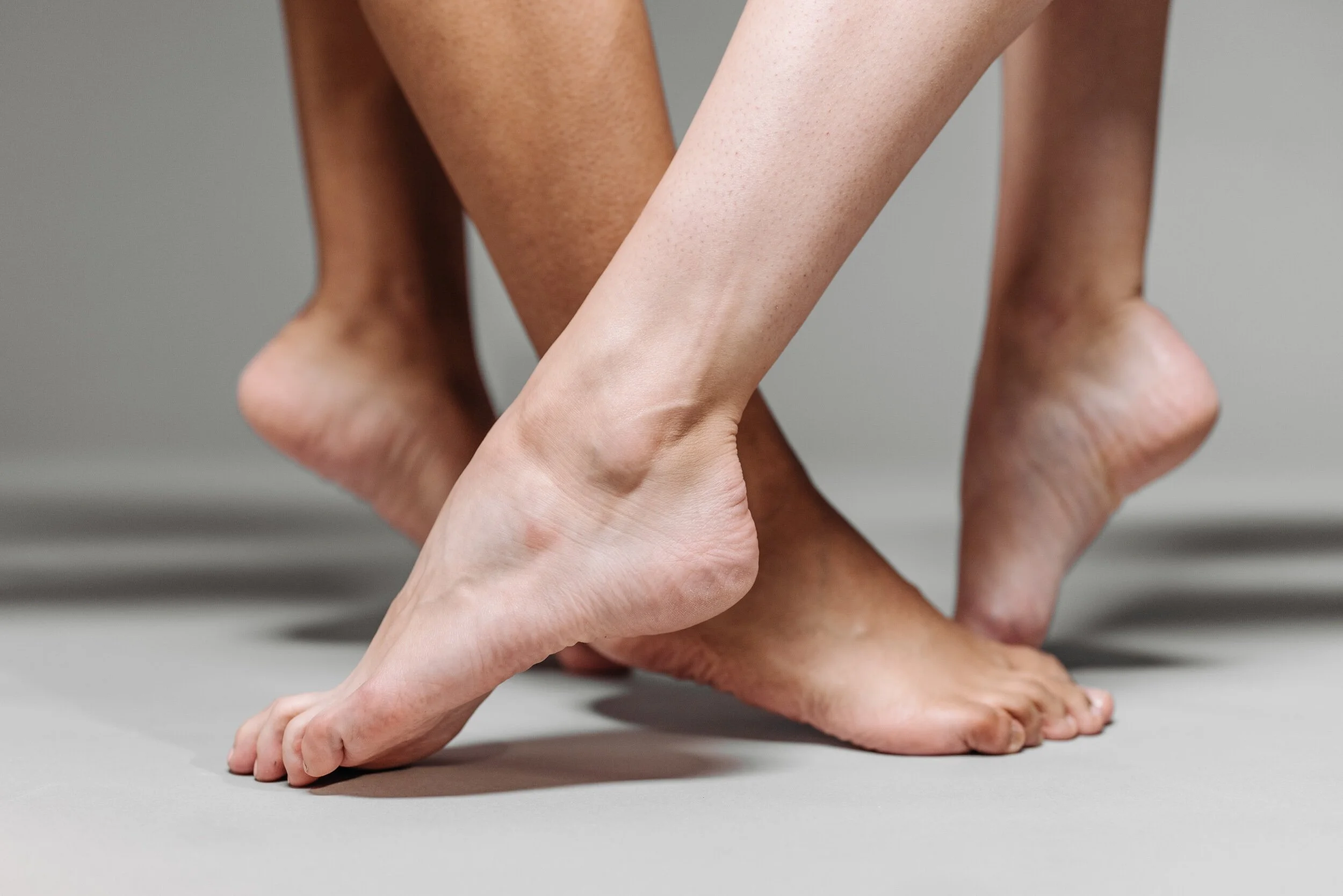Somatic Experiencing


Somatic Experiencing
Prospective clients, please read first
Coaching sessions are offered based on previous agreement between clients and Ashley. Clients understand that Ashley is currently an advanced student in the three year program at the Somatic Experiencing Institute where she is pursuing her certificate as a Somatic Experiencing Practitioner, which she anticipates to complete in 2025. Sessions are not meant to be in place of psychotherapy with a licensed psychologist, psychiatrist, or other licensed mental health care provider. If you are interested in receiving sessions with Ashley, please contact her by email first to arrange your spot in her schedule or be placed on the waitlist. Thank you for being here!
SEI’s website describes Somatic Experiencing as, “…based on a multidisciplinary intersection of physiology, psychology, ethology, biology, neuroscience, indigenous healing practices, and medical biophysics and has been clinically applied for more than four decades. It is the life's work of Dr. Peter A. Levine.” (2)
This is a mindfulness-based client led practice, meaning you’re not directed to *do* anything, though you will be invited to be more and more with your experience as the nervous system shows readiness. As a client, you’re supported to become more connected to yourself. This practice differs from many conventional cognitive behavioral practices in that you aren’t being psychoanalyzed and diagnosed. You will learn about the way your nervous system is working and how to heal from a polyvagal lens.
Sessions are an invitation to notice what the body is telling you and receive information from it. This information could come in the form of sensations, imagery, behaviors, emotion, and meaning-making. You’re invited to be present in your body, safely, and to build up a sense of safety (in your body) to do so if there is yet a baseline for that. This is particularly for people who have experienced chronic stress, anxiety, depression, or trauma that is playing on a loop without closure.
When animals (including humans) incur injuries or feel threatened, we can respond from a collection of possible behaviors: orienting, dodging, hiding, contract/stiffen, brace/guard, pull away, combat, run, freeze, fold, and so on. These are all somatic (bodily) based coordinations. It’s what we, as humans, do to protect ourselves.
Although humans and domesticated animals experience the phenomenon of traumatizing (a stuckness/dysregulation of the nervous system in response to a threatening event or injury), wild animals recover naturally and spontaneously from these states. Researchers who study animals have provided documented evidence of what it looks like: “involuntary movements, changes in breathing patterns, yawning, shaking, and trembling, release or discharge the intense biological arousal; these phenomena have been observed repeatedly by (PAL) over 45 years of clinical experience, and confirmed through numerous anecdotal accounts by those who work professionally with wild animals.” These examples are the body’s instincts to discharge the trauma from the body and you might also experience some of them as your system reorganizes itself and begins to heal.
Although words are used in the process of SE therapy, they are used to point to and elicit non-verbal experiences of internal bodily sensation (interception), sense of position and orientation (proprioception), sensations of movement (kinesthesis), and spatial sense.” (1)
The intellect/ conscious thought and unconscious emotional processes have a yin/yang relationship. They influence one another. The same goes for our emotions and our physiology. The body provides structure for emotional processes and responses. It’s a two way street.
Talking about our stressors and trauma has it’s place, and it’s not central to the dynamics of SE. Sometimes, you can talk until you’re blue in the face and be aware of where you’re stuck, but talking and awareness still don’t lead you to closure the way your body and nervous system want. In this sense SE is a bottom up (bottom of the brain) approach and heady, intellectual types often find it surprising to receive so much feedback, and later freedom, from coming back into present with their body— to be embodied.
“When a person is able to stay fully present to their interoceptive and proprioceptive experience, the interrupted movement (incomplete at the time of the trauma) can then fulfill its meaningful course of action. This gives rise to proprioceptive feedback in the nervous system that tells the ANS that the necessary action has (finally) taken place, so that the sympathetic system can stand down.”… or so that the body can thaw and unfold, and respond flexibly. This reaching of regulation, when the body remembers how to do it again without guidance is biological completion. This is what we’re moving toward in SE.
Currently, all sessions are taking place via Zoom. Not only have other practitioners, teachers, and space holders noticed how well it works virtually (over Zoom) despite being something typically done in person— I’ve also experienced the depth SE sessions can have over the internet. The “field” is flexible in that way! We can reach through and see one another, we can communicate and feel resonance even over a zoom call.
References:
How Somatic Experiencing works:
This paradigm encourages tracking what is happening in the body. We use a model called SIBAM which stands for Sensation, imagery, behavior, Affect, and Meaning. With trauma, for example, there can be a lot of coupling/associating between meaning and feelings/events/sensations. Part of SE work is detangling what is tangled or linking connections between that which is under associated/under coupled — the latter is also how we boost our own resources which is often termed the counter vortex to the trauma vortex.
Tracking is a big part of that. We pendulate between the elements of SIBAM, trauma vortex, and counter cortex and titrate the trauma vortex in order to integrate and so that it isn’t a cathartic experience. It’s different from cognitive behavior therapy and exposure therapy in this way as there is a lot of focus on 1) Implicit memory (the body’s memory)… you’ll often hear SE being termed as a bottom up approach (bottom of the brain) 2) Taking tiny drops of the trauma vortex back into our experience so that it is tolerable and not compounding trauma. Often we’ll see physiological changes when a discharge of trauma is occurring— it might feel like electricity or tingling or heat or cold in the hands or feet for example… similar to acupuncture sensations of “de qi”. There could be trembling or an impulse to move or make a sound, to let tears fall, to make a certain motion. What’s kind and inviting about SE is that it isn’t necessary to go into narratives to heal from trauma. The tracking allows us to stay in the present even as we recall certain imagery, sensations, and memories. The pace is slow, and you’re encouraged to let the body direct.